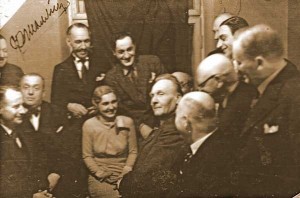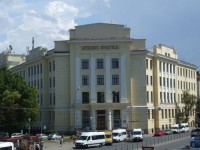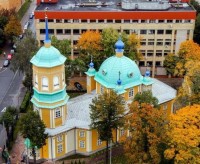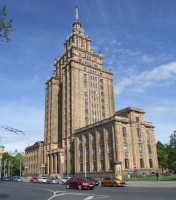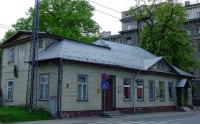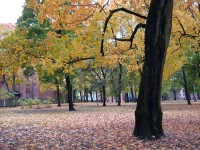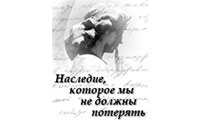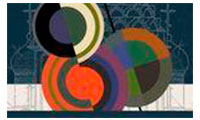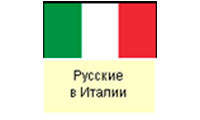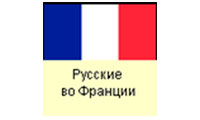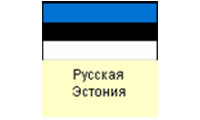The Moscow Suburb of Riga/ The Latgale neighbourhood of Riga
The Moscow Suburb (in German Moskauer Vorstadt, in Russian – Moskovsky forshtadt) is the oldest suburb of Riga (from 2024 – the Latgale neighbourhood of Riga). It’s fate is closely related to the history of the Russian minority in Riga. At present this district is also populated mainly by Russians and preserves a considerable number of memorials to Russian antiquity.
In the 14th Century a small settlement appeared at the start of the present - day Maskavas Street. It had the name of Lastadia and was mentioned at the first time in 1348. The settlement remained known by this name until the end of the 18th Century. By this time it was multi-ethnic. After Riga was joined to Russia, Russian merchants, tradesmen and workers settled predominantly in this suburb, as the ancient city (Old Riga) that was situated beyond the city fortifications was dominated by Germans. In 1784 the suburbs of Riga were divided into three administrative areas: the Moscow, St. Petersburg and the Mittau (named in honour for the same towns names). Only wooden houses were allowed in the suburbs, so that in the event of attack by enemy armies, these could be burned and the residents would take refuge behind the city walls. The suburbs of Riga, including the Moscow Suburb, were last burnt down in 1812. After the city fortifications were taken down in the mid 19th Century, the suburbs were incorporated into the city but kept their earlier names.
Historical events rendered the Moscow Suburb one of the poorest regions of Riga which it remains today. The most depressing page in the history of the Moscow Suburb was the Second World War. In the first months of the war the indigenous inhabitants of the suburb were evicted from their homes, and on the territory circumscribed by the streets of Maskavas, Vitebskas (Jersikas), Ebreju, Liksnas, L.Kalna, Katoļu, Jēkabpils and Lāčpleša a ghetto was formed, to which over 30,000 Jews were placed, and then killed on 29 and 30 November 1941 on the outskirts of Riga in Rumbula.
In the years following the war the district was, and remains and to this day, an ‘abandoned corner’; houses are falling into dilapidation and only a few are being restored. But sooner or later even this corner of Riga will change its appearance. It is, therefore, important to preserve the memory of the historical places in the Moscow Suburb.
Юрий Абызов. "Волга" на берегах Даугавыы
Илья Дименштейн. Звезда над Балтикой
Фотоальбом Людмилы Клешниной "Тихий сад Московского форштадта Риги"
Людмила Клешнина.Тихий сад Московского форштадта
See: Прибалтийские русские: история в памятниках культуры (1710-2010). – Рига, 2010.


